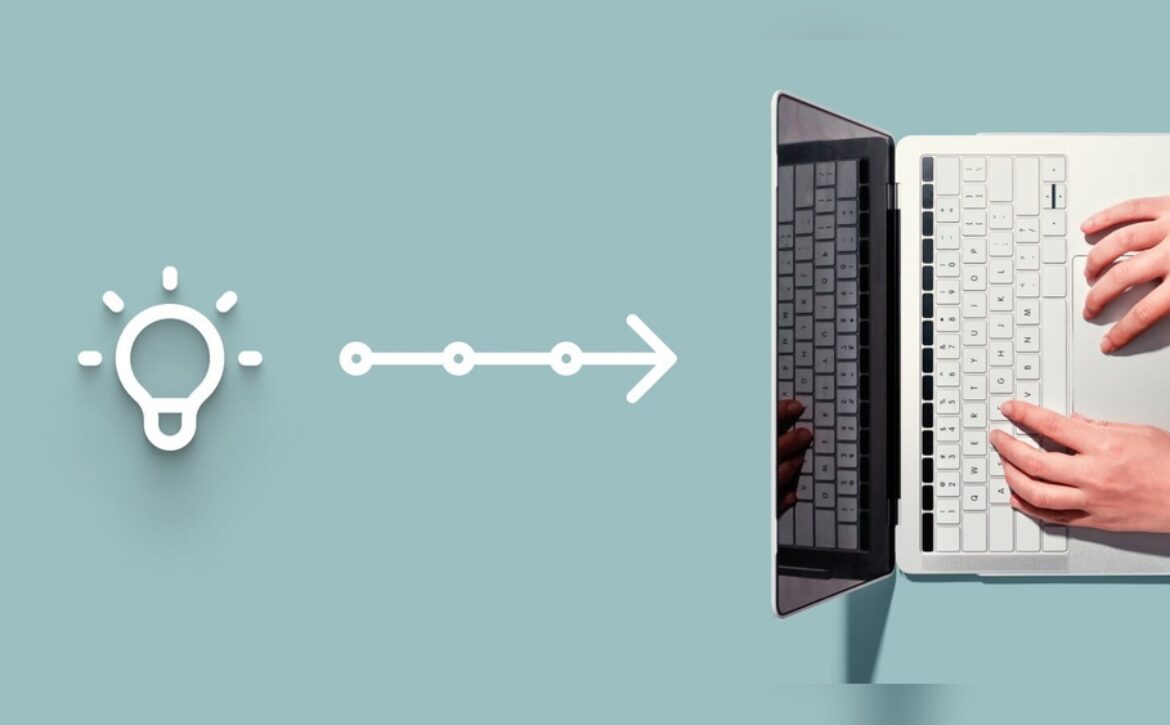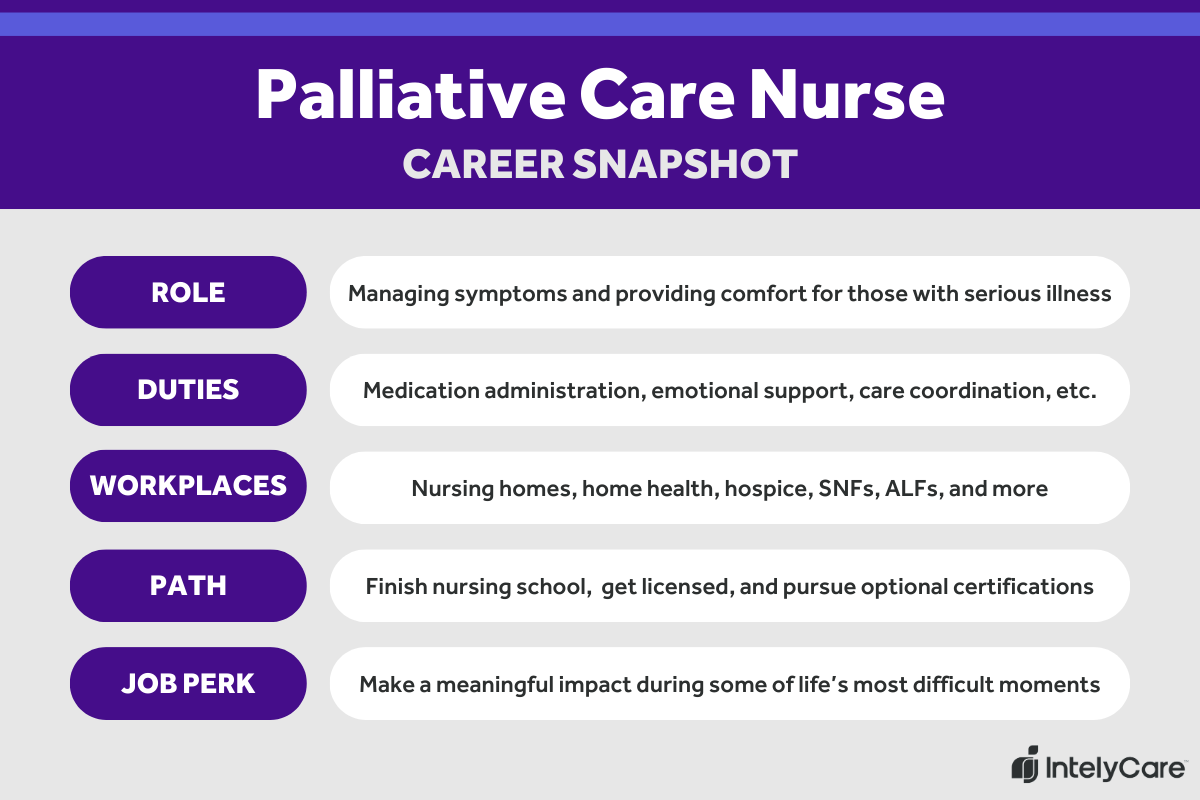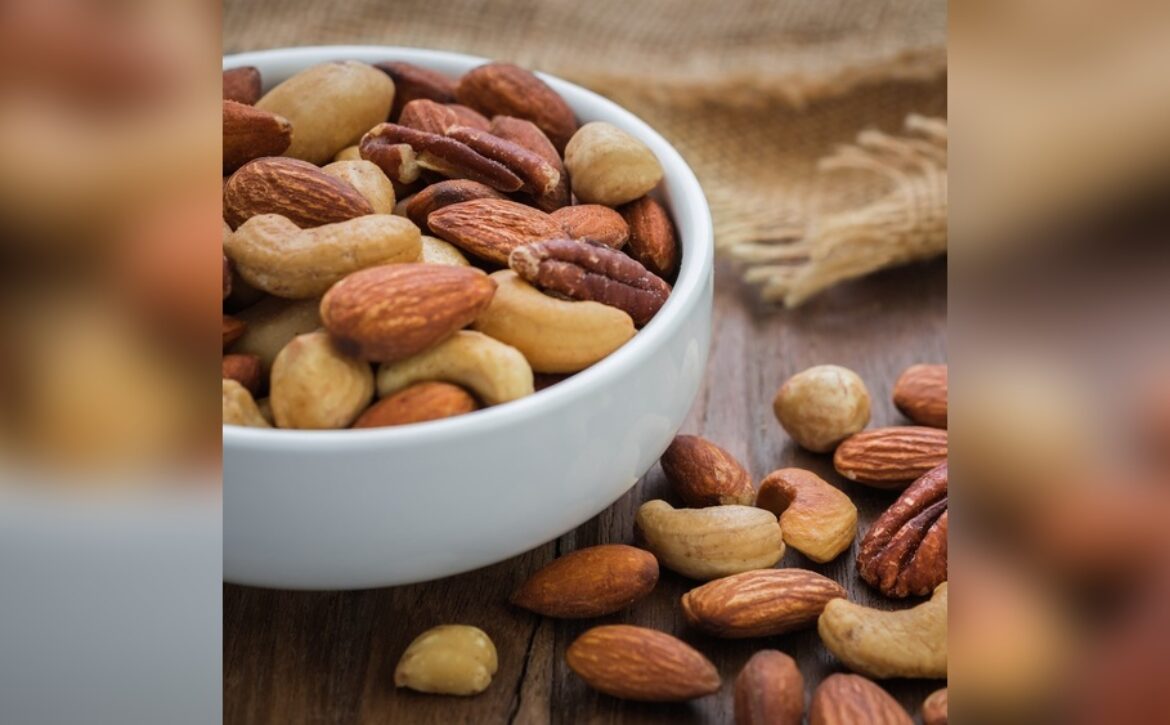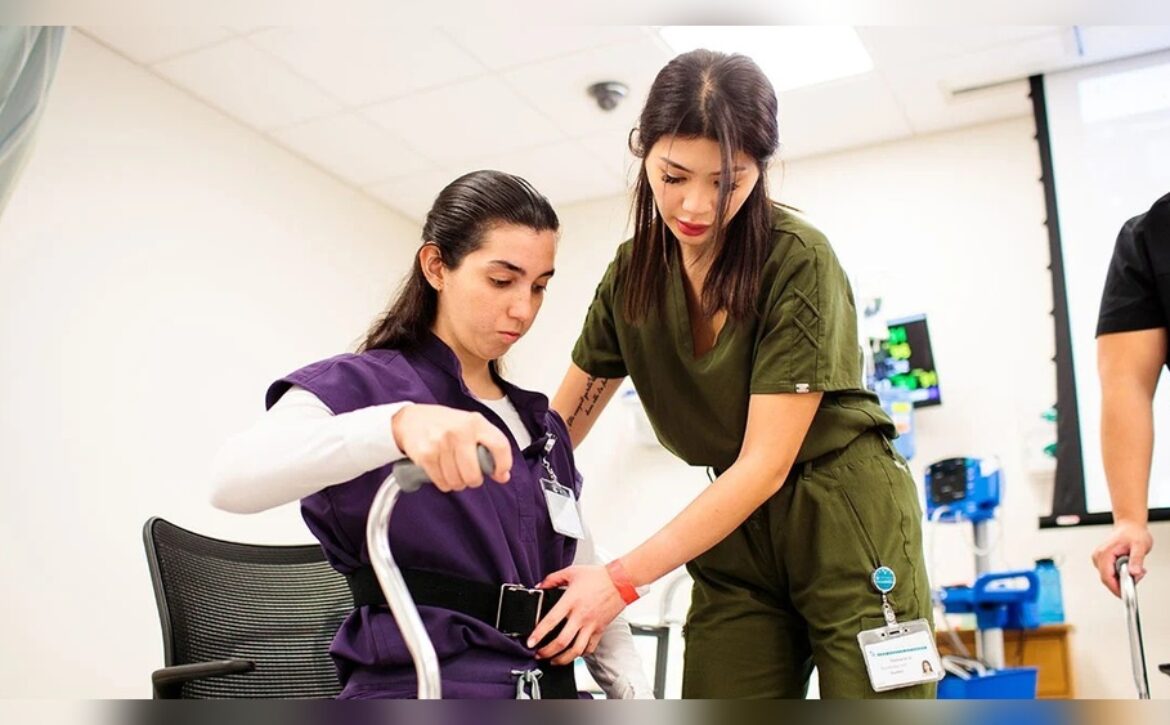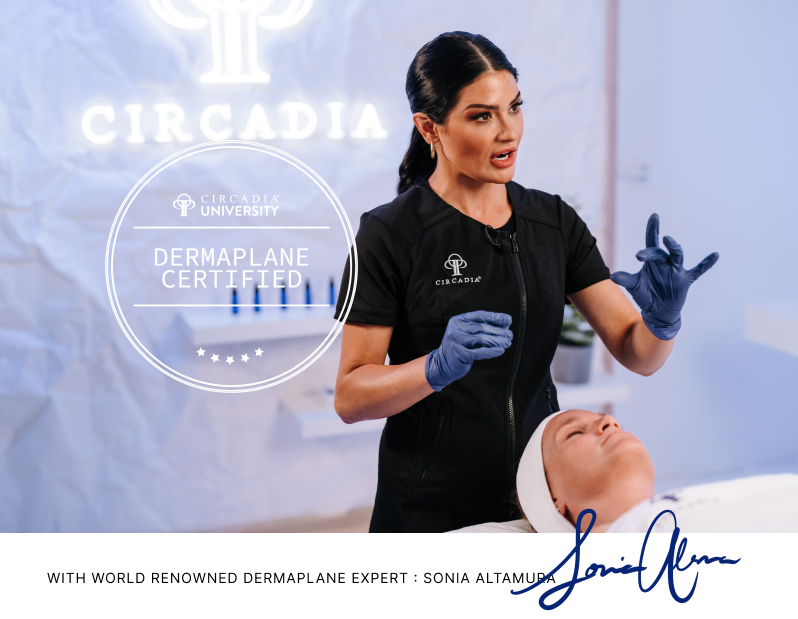How to Become a Bicycle Maintenance Pro: Essential Tips
Have you ever found yourself stranded with a flat tire or a misaligned chain during a bike ride? Imagine confidently tackling these issues on your own, saving time and money.
Learning how to become a bicycle maintenance expert might seem daunting, but it’s easier than you think. Picture the satisfaction of knowing you can keep your bike in perfect condition, ensuring a smooth and safe ride every time. This guide is designed to empower you with the essential skills and knowledge to master bike maintenance.
Dive in, and soon you’ll be the go-to person for all things bicycle-related among your friends and family. Keep reading to discover the secrets that will transform your biking experience.

Getting Started With Bicycle Maintenance
Getting started with bicycle maintenance can be an exciting journey. Whether you’re a cycling enthusiast or a beginner, learning to maintain your bike is essential. It saves money and ensures a smoother ride. With a few basic tools and some patience, you can keep your bike in top condition.
Understanding Bicycle Parts
Begin with the basics. Know your bike’s parts. Frame, wheels, brakes, and gears. Each part plays a crucial role. Familiarize yourself with their functions. This knowledge helps in identifying issues.
Essential Tools For Maintenance
Gather necessary tools. Allen wrenches, tire levers, and a pump. A basic toolkit is vital. These tools are easy to use. They aid in fixing common problems. Ensure they are of good quality.
Learning Basic Repairs
Start with simple repairs. Learn to fix a flat tire. Adjust brakes for better control. Tighten loose bolts and nuts. These tasks are easy and essential. Practice makes perfect. Gain confidence as you learn.
Regular Cleaning And Lubrication
Keep your bike clean. Dirt affects performance. Use gentle cleaners. Remove grime from chains and gears. Lubricate moving parts regularly. This prevents rust and ensures smooth operation.
Safety Checks Before Every Ride
Perform safety checks. Check tire pressure and brake functions. Inspect gears and chain tension. Look for wear and tear. These checks ensure a safe ride. Do them before each journey.
Tools Of The Trade
Every bicycle mechanic needs the right tools. Good tools make the job easier. They help you fix bikes faster and better. Whether you are just starting or already a pro, the right tools are key. They can turn a simple tune-up into a smooth ride.
Let’s explore the tools that every bicycle mechanic should have. We’ll start with the basics. Then, we’ll look at the advanced tools for experienced mechanics. Both are important in keeping bikes running smoothly.
Basic Tools For Beginners
Beginners need a few essential tools. A basic toolkit should include a set of Allen wrenches. These help adjust bolts on handlebars, seats, and brakes. Tire levers are also important. They make it easy to remove tires from rims.
A good pump is crucial. It keeps your tires inflated. Inflated tires make rides smoother and safer. Chain lubricant is another must-have. It helps keep the chain running smoothly. Prevents rust and wear.
Finally, a multi-tool is handy. It combines several tools in one. Perfect for quick fixes on the go. These tools form the foundation of bicycle maintenance.
Advanced Tools For Pros
Professional mechanics use advanced tools. A torque wrench is a precision tool. It ensures bolts are tightened correctly. Avoids damage to bike parts.
A truing stand helps align wheels. It checks for wobble and corrects it. Essential for wheel repairs. Cable cutters are also important. They cut cables cleanly. Essential for replacing brake and gear cables.
Spoke wrench is another specialized tool. It adjusts spoke tension. Keeps wheels strong and balanced. Advanced mechanics also use bike stands. They hold bikes steady. Makes repairs easier and more efficient.
These advanced tools offer more precision. They make complex repairs possible. A pro toolkit can handle any challenge.
Routine Checks And Inspections
Maintaining a bicycle involves routine checks and inspections. These checks ensure your bike stays safe and performs well. Regular inspections help identify issues early. This prevents costly repairs later. They also extend the lifespan of your bicycle. Let’s explore how to keep your bike in top shape.
Pre-ride Inspection
Start each ride with a quick inspection. Check the tire pressure. Low pressure makes pedaling harder. Inspect the brakes. They should stop the bike quickly. Examine the chain. It should move smoothly. Look for signs of rust or dirt. These can affect performance.
Check the handlebars. Ensure they are tight and easy to steer. Look at the seat. It should be comfortable and secure. Inspect the lights. They must work, especially for night rides. A few minutes of pre-ride checks can prevent problems later.
Post-ride Maintenance
After your ride, perform basic maintenance tasks. Wipe down the frame. This removes dirt and moisture. Check the tires for wear or damage. Inspect the brakes again. Ensure they remain effective. Lubricate the chain if needed. This reduces friction and wear.
Store your bicycle in a dry place. Avoid leaving it in the rain. This prevents rust and corrosion. Regular post-ride care keeps your bike ready for the next adventure. It also prolongs the bike’s life.
Cleaning Your Bicycle
Keeping your bicycle clean is crucial for smooth rides and longevity. Dirt can damage components over time. Regular cleaning prevents rust and keeps your bike looking new. It’s an essential skill for any bicycle maintenance enthusiast.
Cleaning Techniques
Start with the frame. Use a gentle brush to remove loose dirt. Then, apply soapy water with a sponge. Scrub gently to avoid scratches. Rinse with clean water. Dry with a soft towel to prevent rust.
Focus on the chain next. Use a chain cleaning tool for efficiency. Apply degreaser to remove grime. Rotate the pedals to clean thoroughly. Rinse with water and dry with a cloth.
Wheels need attention too. Remove them for easier cleaning. Use a brush to clean the spokes and rims. Apply soapy water and rinse well. Dry with a towel to avoid water spots.
Products And Materials
A good cleaner is essential. Use a bike-specific soap for best results. Degreaser is vital for chains and gears. It helps remove stubborn grease.
Choose brushes with soft bristles. They protect your bike from scratches. Sponges are great for applying soap evenly. Towels should be soft and absorbent.
Chain cleaning tools save time. They make chain maintenance easy. Don’t forget a bucket for water. It’s handy for rinsing.
Tire Care And Maintenance
Becoming skilled in bicycle maintenance involves understanding tire care essentials. Regularly check tire pressure to ensure safe rides. Inspect for wear and punctures, replacing tires when necessary.
Tire care is a crucial aspect of bicycle maintenance. Properly maintained tires ensure a smooth and safe ride, enhancing your cycling experience. Let’s dive into some simple yet effective tire care techniques that can keep your bike in top shape.
Checking Tire Pressure
Maintaining the correct tire pressure is essential for both performance and safety. Under-inflated tires can make pedaling harder and increase the risk of a flat. Over-inflated tires, on the other hand, may lead to a bumpy ride and decreased grip. Always check your tire pressure before heading out. Use a reliable pressure gauge to ensure accuracy. Most tires have the recommended pressure printed on their sidewalls, so make it a habit to refer to it. Have you ever noticed your bike feeling sluggish? It might just be low tire pressure. A quick check can make all the difference, and save you from a frustrating ride.
Replacing Tires
No tire lasts forever. Over time, wear and tear can lead to decreased performance and safety risks. Knowing when to replace your tires is key to maintaining your bike’s efficiency. Look for visible signs of wear, such as cracks, thinning tread, or frequent punctures. These are clear indicators that it’s time for new tires. Replacing a tire might seem daunting, but it’s a skill worth learning. You’ll not only save money but also gain confidence in your ability to handle unexpected issues on the road. Have you ever felt uneasy riding on worn-out tires? It’s a reminder that prioritizing tire replacement can significantly improve your riding experience. Remember, your safety and enjoyment depend on well-maintained tires. By checking tire pressure regularly and replacing worn-out tires, you can ensure a smoother and safer journey on your bike.

Brake System Maintenance
Proper brake maintenance is essential for safe cycling. The brake system ensures quick stops and smooth rides. A well-maintained brake system can prevent accidents and prolong the life of your bike. Regular checks and adjustments keep brakes responsive. Let’s dive into brake pad adjustments and cable inspections.
Adjusting Brake Pads
Brake pads wear out over time. Check their alignment often. Misaligned pads can cause noise and uneven wear. Ensure the pads hit the rim correctly. Not too high or low. Use an Allen wrench to adjust the position. Tighten bolts securely after adjusting. Test the brakes by spinning the wheel. The pads should stop the wheel smoothly.
Inspecting Brake Cables
Brake cables transmit force from levers to brakes. Regular inspection is crucial. Look for fraying or corrosion. Damaged cables can lead to brake failure. Replace cables showing wear immediately. Check cable tension by squeezing the brake lever. The lever should not touch the handlebar. Adjust cable tension using barrel adjusters. Lubricate cables for smooth operation.
Chain And Gear Maintenance
Learning bicycle maintenance includes proper chain and gear care. Clean the chain regularly to prevent rust. Adjust gears for smooth shifting and check for wear. Regular lubrication keeps the chain running efficiently. Simple steps keep your bike in top shape.
Keeping your bike’s chain and gears in top shape is crucial for a smooth and efficient ride. If you’ve ever struggled uphill only to hear that dreaded clicking sound, you know what I mean. Mastering chain and gear maintenance not only enhances your cycling experience but also extends the life of your bike. Let’s dive into the essentials of this key maintenance area.
Lubrication Tips
Lubrication is the lifeline of your bike’s chain and gears. Without proper lubrication, your chain can wear out quickly, and your ride will feel rough and noisy. It’s best to use a specific bike lubricant instead of household oils. Apply lubricant sparingly. Too much can attract dirt and grime, turning it into a grinding paste. After applying, wipe off any excess to keep your chain clean and efficient. Consider the environment where you ride. A dry climate might call for a dry lube, while wet conditions need a heavier, wet lube. This simple choice can make a huge difference in your ride quality.
Adjusting Derailleurs
Adjusting your derailleurs might sound intimidating, but it’s simpler than you think. It’s all about ensuring your chain moves smoothly between gears. Start by identifying if your chain struggles to shift or jumps between gears. Use the barrel adjuster to make minor tweaks. Turn it clockwise to tighten the cable, and counterclockwise to loosen. This small adjustment can resolve most shifting issues without any tools. If your gears still don’t shift smoothly, check the limit screws. These screws control how far the derailleur can move. A quarter turn can refine your bike’s shifting precision dramatically. Have you ever thought about the satisfaction of perfect gear shifts? With practice, adjusting derailleurs becomes second nature, and you’ll enjoy a seamless ride every time.
Handling Common Issues
Fixing common bicycle issues requires patience and practice. Learn basic repair skills like adjusting brakes and fixing flat tires. With regular maintenance, your bike will stay in good condition for longer rides.
Handling common issues on your bicycle can transform your riding experience from frustrating to fulfilling. Imagine you’re out on a scenic ride, the sun is shining, and suddenly a flat tire or a noisy chain threatens to derail your adventure. Knowing how to address these issues not only saves you time but also boosts your confidence on the road. Let’s dive into some practical tips to tackle these common bike problems.
Fixing Flat Tires
Flat tires are an inevitable part of cycling. The good news is, fixing them is simpler than you might think. Start by removing the wheel from your bike. Once removed, use a tire lever to pry the tire away from the rim. Inspect the tube for punctures by inflating it slightly and feeling for escaping air. If you find a puncture, patch it up with a repair kit, or replace the tube if needed. Re-mount the tire onto the rim and inflate it to the recommended pressure. When inflating, make sure the tire is seated properly on the rim. A quick spin of the wheel can help you check if everything is aligned correctly.
Dealing With Noisy Chains
Noisy chains can be a real annoyance, but they’re usually a sign that your chain needs some attention. Dirt and lack of lubrication are common culprits. Begin by cleaning your chain with a degreaser. A clean rag or a specialized chain-cleaning tool can help remove grime effectively. After cleaning, apply a suitable chain lubricant. Ensure it’s spread evenly by pedaling the bike backward while holding the chain lightly with a rag. Listen closely as you ride. Is the noise gone? If not, it might be time to check for wear or consider a replacement. Being proactive with maintenance prevents these issues from becoming bigger problems. Do you have a favorite tip for keeping your bike in top shape? Share it with fellow readers in the comments below!
Professional Maintenance Tips
Bicycle maintenance is an art that combines precision and care. Whether you’re a casual rider or a cycling enthusiast, understanding professional maintenance tips can elevate your biking experience. These tips not only extend the life of your bicycle but ensure your rides are smooth and safe.
When To Seek Expert Help
While many maintenance tasks can be done at home, there are moments when expert intervention is crucial. If you notice persistent issues like strange noises or difficulty shifting gears, it might be time to consult a professional. My friend once ignored a clicking sound, thinking it was minor, only to face a major breakdown mid-ride.
Professionals possess specialized tools and expertise that can pinpoint problems efficiently. They can also offer advice on preventive measures to avoid future issues. Don’t hesitate to reach out when the situation seems beyond your skill set. After all, your safety is worth more than a DIY fix gone wrong.
Building A Maintenance Schedule
Creating a maintenance schedule is key to keeping your bicycle in top condition. Regular checks prevent small issues from turning into costly repairs. For example, a simple chain lubrication every month can save you from replacing an entire chain.
Start by listing tasks and their frequency. Weekly tasks might include tire pressure checks, while monthly tasks could involve brake inspections. Tailor your schedule to your riding habits and environment. Riding in wet conditions? You might need more frequent attention to rust-prone areas.
Consider setting reminders on your phone or calendar to stay on track. Consistency is your ally in prolonging your bicycle’s lifespan. Are you ready to make maintenance a regular part of your cycling routine?

Frequently Asked Questions
What Skills Are Needed For Bicycle Maintenance?
Basic skills include understanding bike components, handling tools, and diagnosing common issues. You should learn about tire inflation, chain lubrication, and brake adjustment. Familiarity with different bicycle types enhances your expertise. Regular practice will improve your proficiency in repairs and maintenance.
Continuous learning through workshops or online courses is beneficial.
How Do I Start Learning Bicycle Maintenance?
Begin by reading bicycle maintenance books and watching online tutorials. Enroll in local workshops to gain hands-on experience. Practice on your bike to improve your skills. Join forums and groups to learn from experienced enthusiasts. Consistent practice and learning will build your confidence.
What Tools Do I Need For Bicycle Maintenance?
Essential tools include a multi-tool, tire levers, a pump, and a chain tool. You’ll also need a wrench set, screwdrivers, and lubricants. A repair stand can make maintenance easier. Invest in a quality toolkit to handle various repairs. Proper tools ensure efficient and effective maintenance.
How Often Should I Perform Bicycle Maintenance?
Regular maintenance is crucial for optimal performance. Check tire pressure and lubricate the chain weekly. Inspect brakes and gears monthly. Perform a thorough check-up every six months. Frequent riding may require more frequent maintenance. Consistent care extends your bicycle’s lifespan and ensures safety.
Conclusion
Becoming a bicycle maintenance expert is a rewarding journey. You gain valuable skills. Your bike rides smoother. You save money on repairs. Start with basic tools and learn each part. Practice regularly to build confidence. Online tutorials and guides help a lot.
Join local workshops for hands-on experience. Connect with other enthusiasts for tips and support. Enjoy the process and celebrate small victories. With patience and practice, you can become proficient. Your biking adventures will be more enjoyable. Keep learning and pedaling forward.







